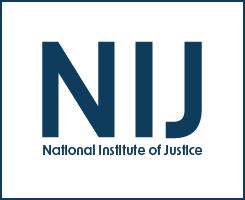Drug prevention
Raiding Crack Houses: The Kansas City Experiment
Crime Prevention-International Experiences
Hidden War: The Battle to Control Crime in Chicago's Public Housing
Address by the Honorable James K. Stewart, Director National Institute of Justice Before the 159th Graduating Class of the FBI National Academy
Use of Civil Remedies for Neighborhood Crime and Drug Abatement by Community Organizations
Address by the Honorable James K. Stewart, Director, National Institute of Justice, Before the 160th Graduating Class of the FBI National Academy
TECHBeat, November 2017
Changing the Behavior of Drug-Involved Offenders: Supervision That Works
A small number of those who commit crimes are heavily involved in drugs commit a large portion of the crime in this country. An evaluation of a "smart supervision" effort in Hawaii that uses swift and certain sanctioning showed that individuals committing crimes who are heavily involved in drug use can indeed change their behavior when the supervision is properly implemented.
See the YouTube Terms of Service and Google Privacy Policy
Alternative Sentencing Policies for Drug Offenders
The panel presentations from the 2009 NIJ Conference are based on an NIJ-sponsored evaluation of the effectiveness of Kansas Senate Bill 123, which mandates community-based drug abuse treatment for drug possession by nonviolent offenders in lieu of prison.
Research and Evaluation on Drugs and Crime, FY 2017 Solicitation Webinar
This webinar will provide details and guidance for potential applicants to the National Institute of Justice's Research and Evaluation of Drugs and Crime FY 2017 solicitation. The presenters will discuss the purpose and goals of this funding opportunity and address frequently asked questions. A Q&A session will conclude this webinar.
See the YouTube Terms of Service and Google Privacy Policy


